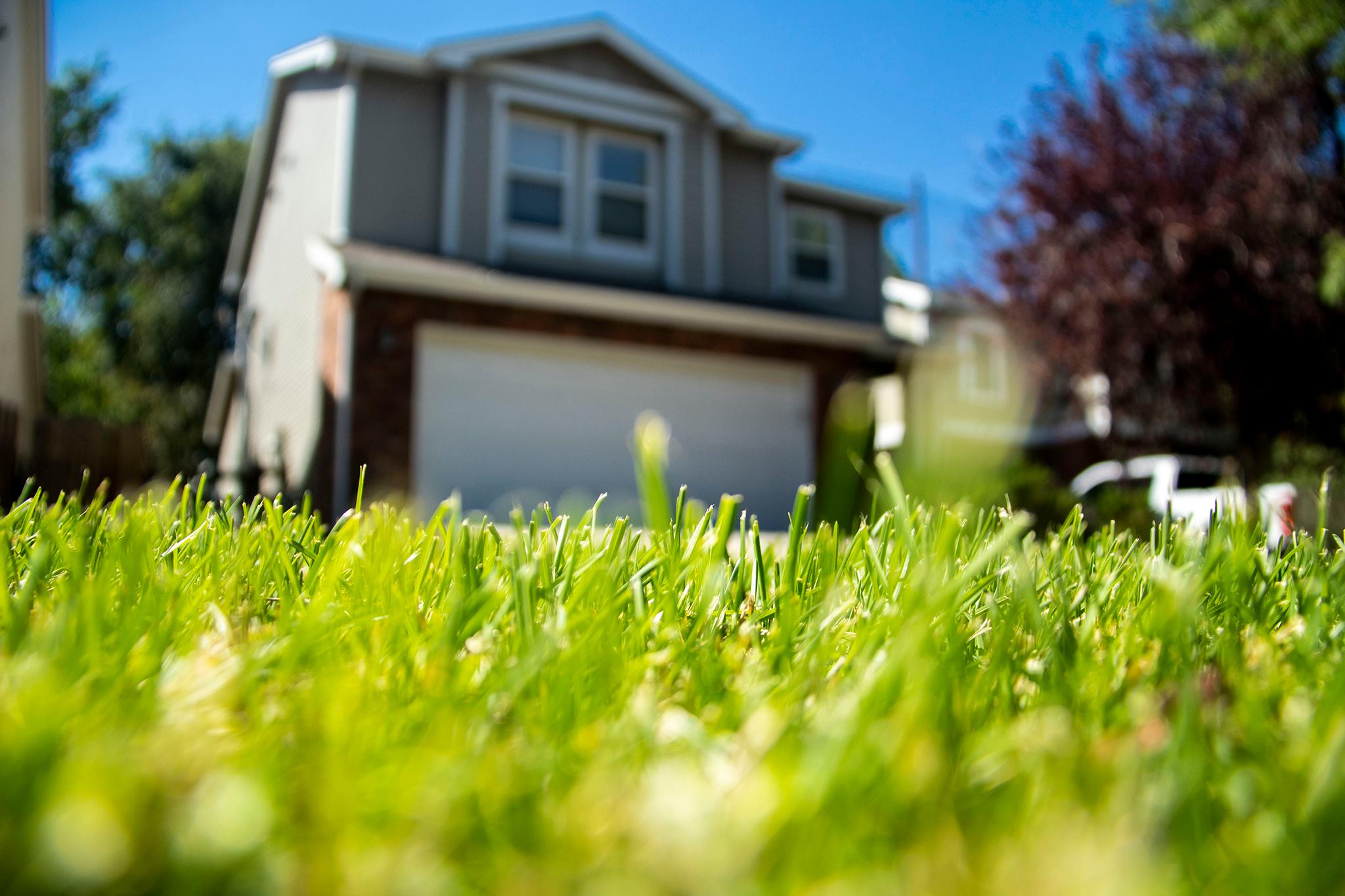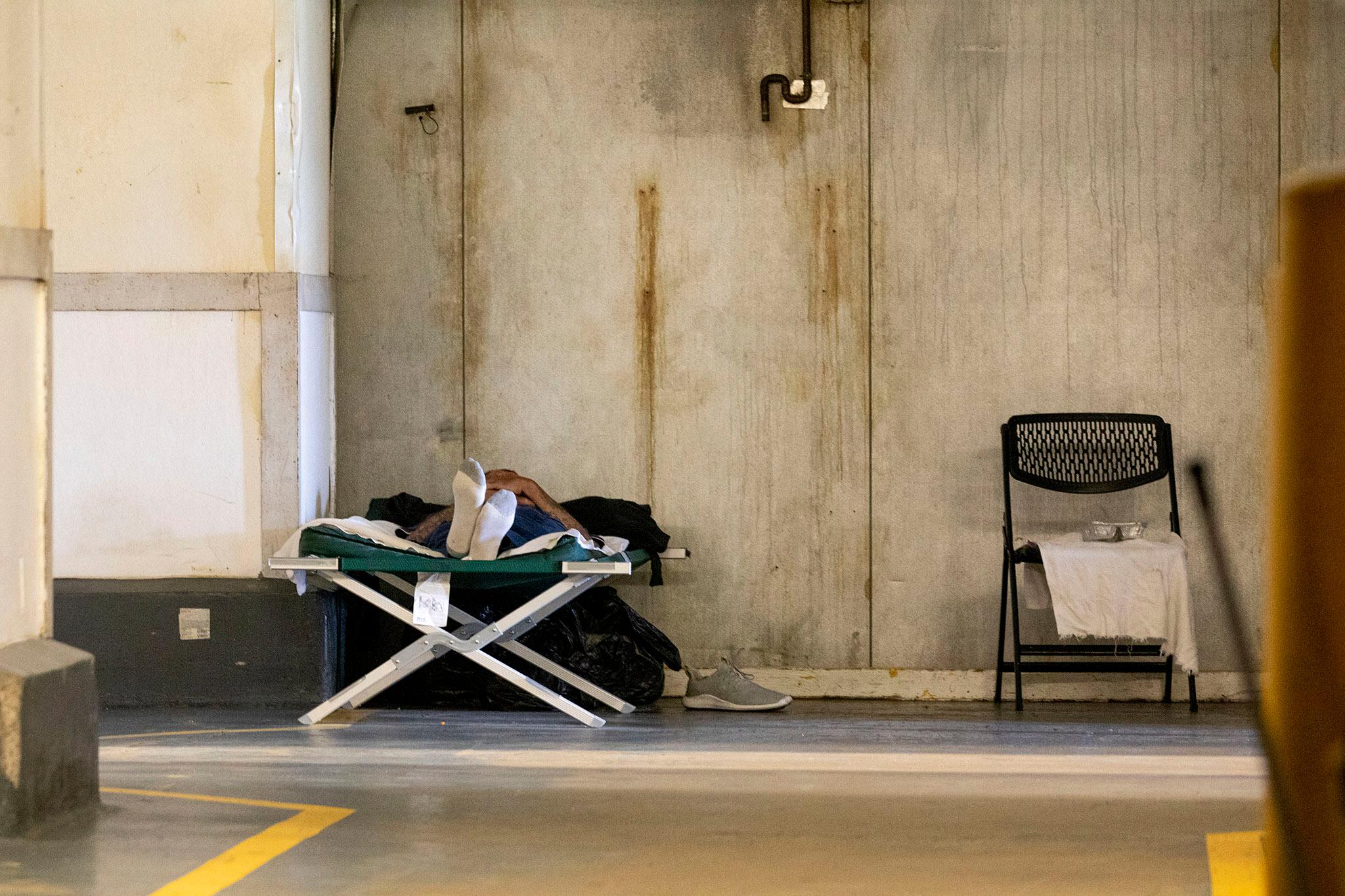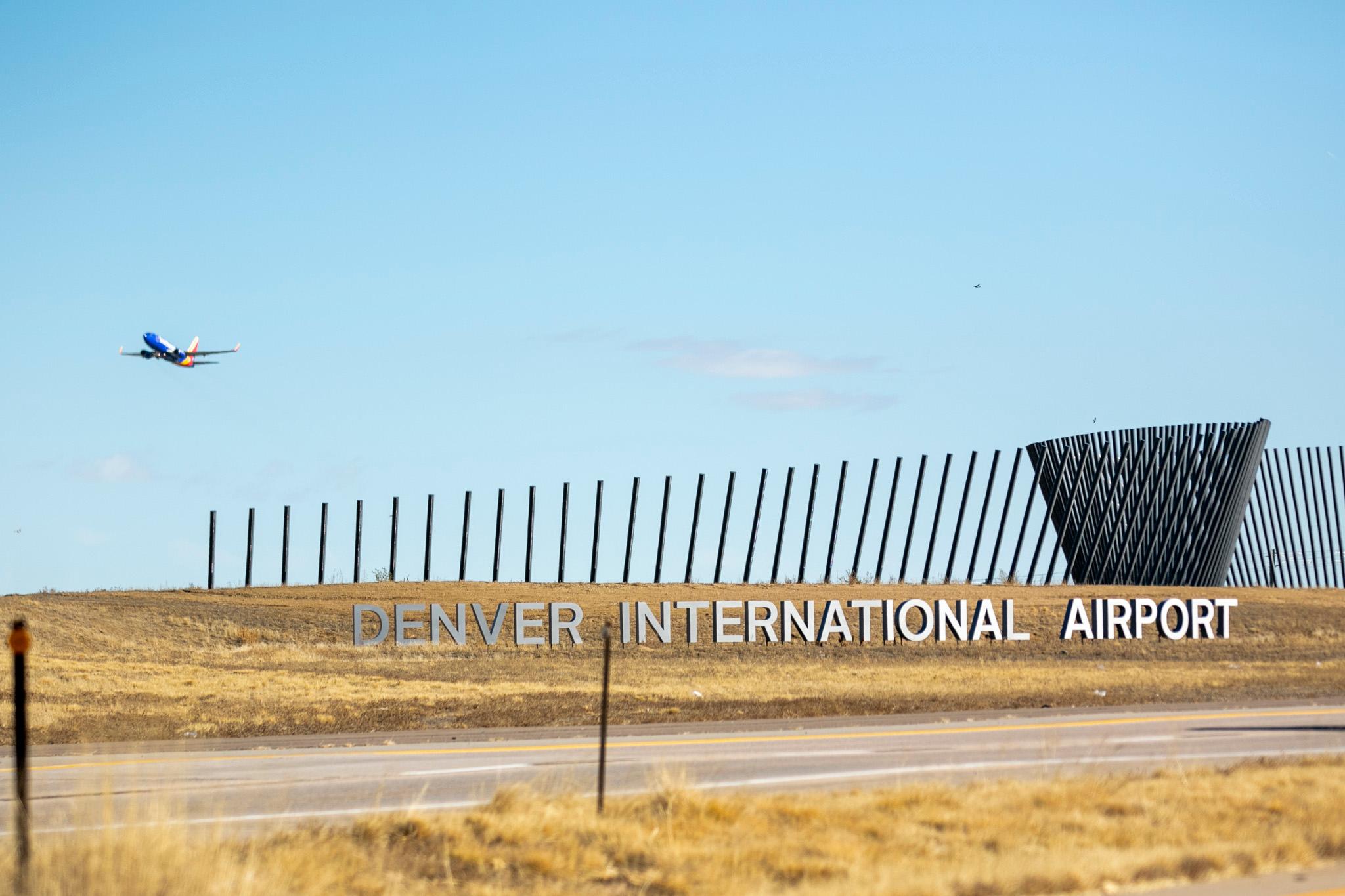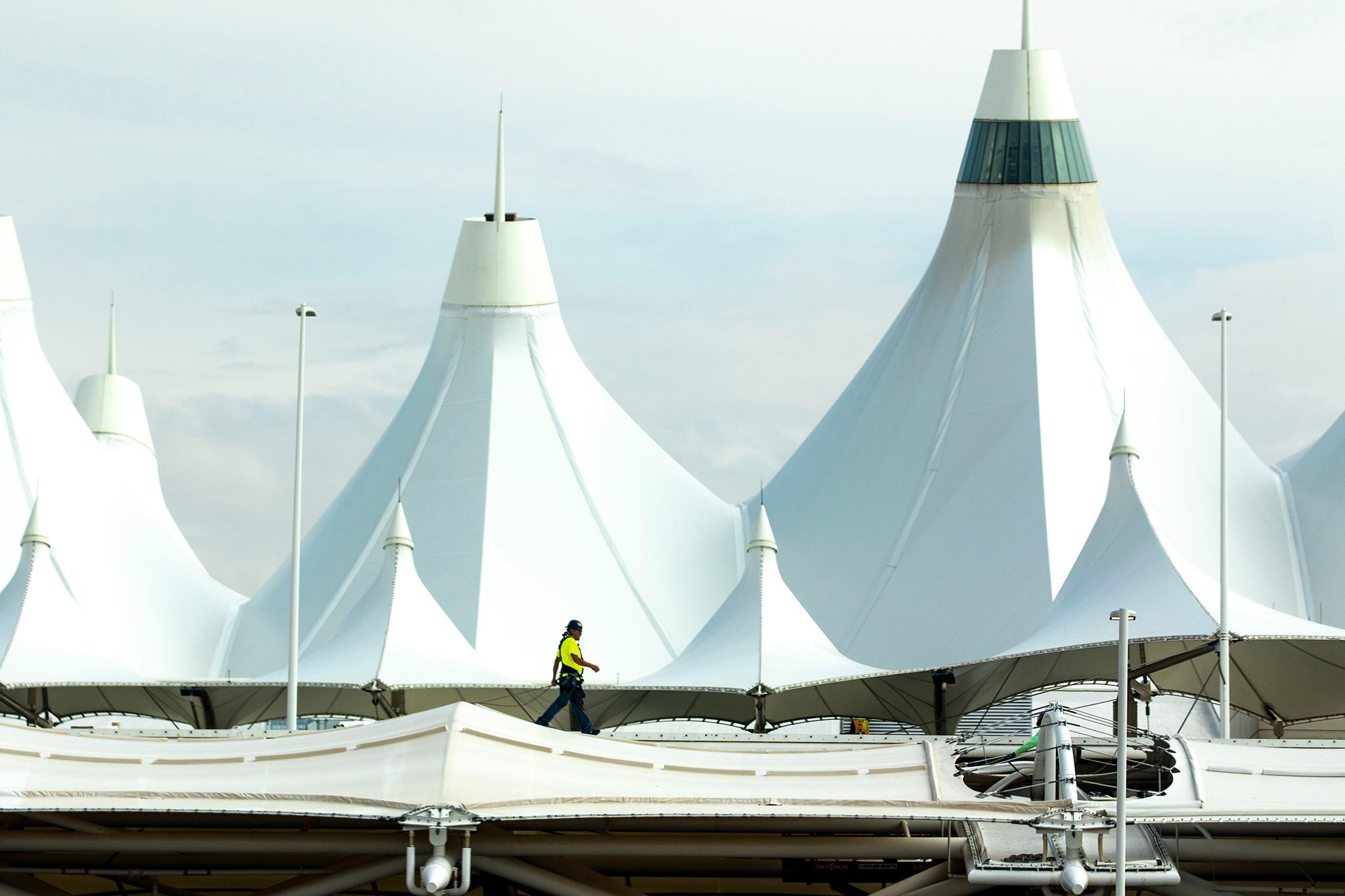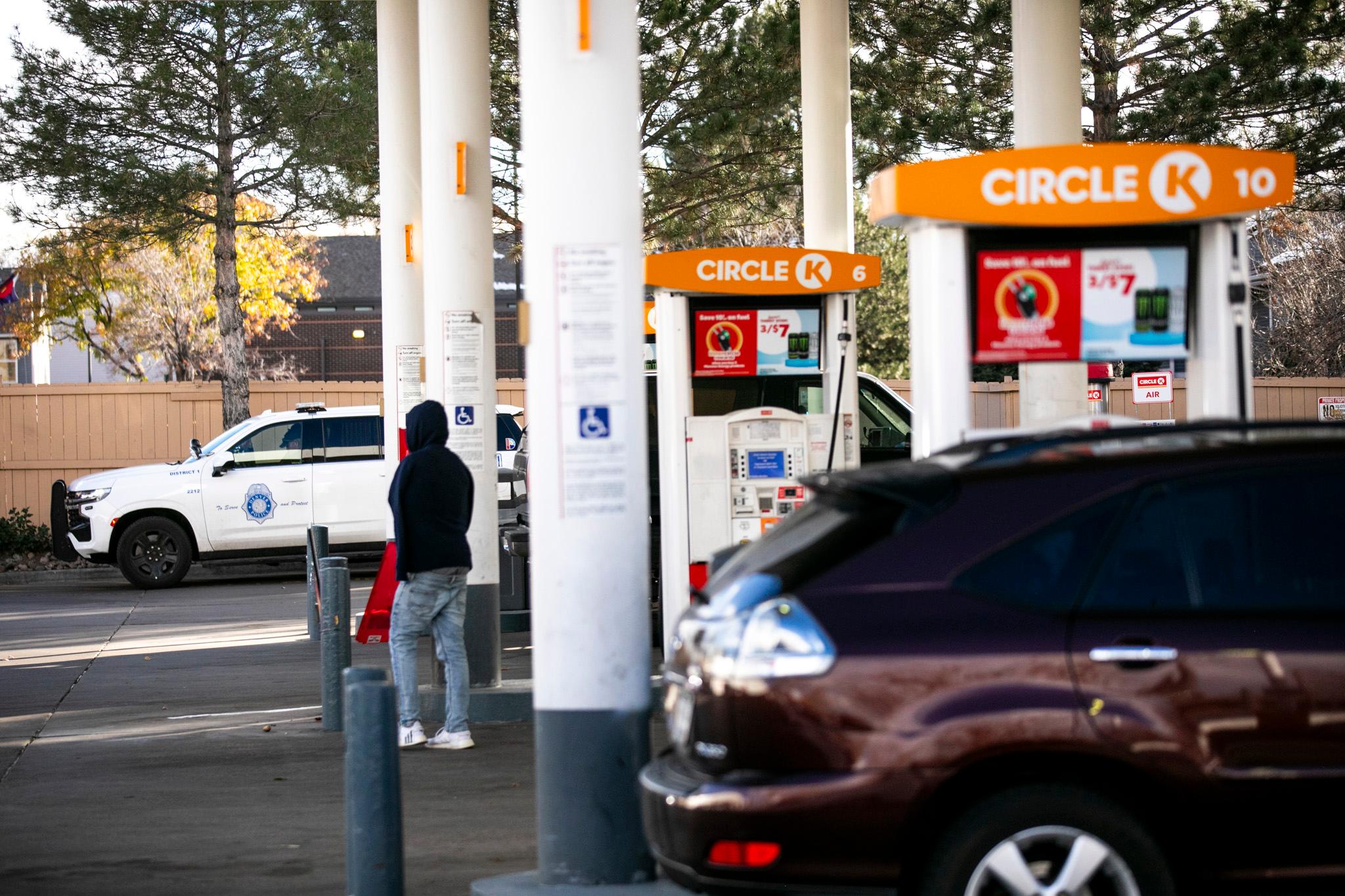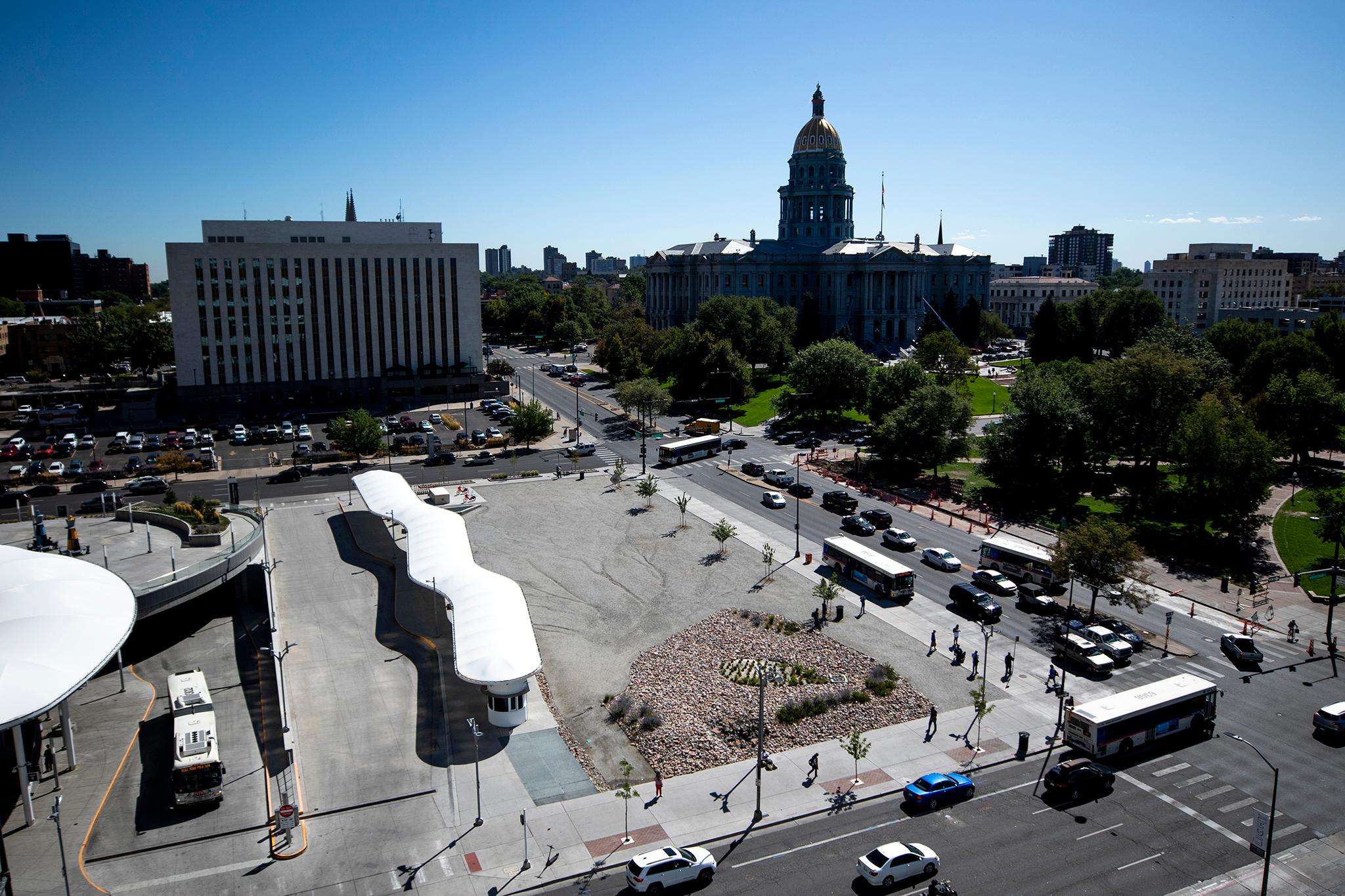Denver could soon set new limits on where turfgrass can be installed, joining a statewide push to conserve water by limiting the planting of thirsty grasses in new development.
Homeowners won’t be required to tear up their existing lawns, but the new rules would change the makeup of Denver’s public and private green spaces in new developments, limiting new “nonfunctional” turf while encouraging low-water alternatives.
“When new development and redevelopment comes in, [we’re] basically ensuring that the landscaping that they're providing will survive during periods of drought, extreme heat, support our pollinators, use less water,” said Michelle Teller, a city planner with Denver’s office of Community Planning and Development.
About half the area’s residential water usage is for outdoor watering, and overall water usage triples in the summer when lawns are thirstiest, according to Denver Water.
What will the landscaping rules do?
Teller’s team is still working out the details of the proposed landscaping code changes. She anticipates it will take a year to gather data and feedback before approaching Denver City Council with the formal request.
But overall, the revised rules will promote “climate resilient” landscapes by banning the planting of largely cosmetic, nonfunctional turf in residential, commercial and industrial property, as well as along roads and medians.
What it won’t change are “functional” uses of water-intensive turfgrass, like grass at city parks and sports fields.
“It's not all grass, because a lot of grass is in use,” said Alexandra Foster, a spokesperson for CPD. “It's the stuff that's in medians, or … the five-foot-square piece of grass that's at the corner of a parking lot that is so small, but it still has to be watered in order to stay green.”
The changes also would consolidate landscape-related requirements under one rulebook, which could streamline permitting. As things currently stand, landscaping codes are in “11 different buckets”, according to Teller.
Teller said even after the changes, most Denverites won’t notice a huge difference in the greenscapes across the city. She said developers could replace Kentucky bluegrass — currently one of the most common varieties of grass in Denver — with alternatives that use less water.
The city hasn’t determined which alternatives might be allowed or banned.
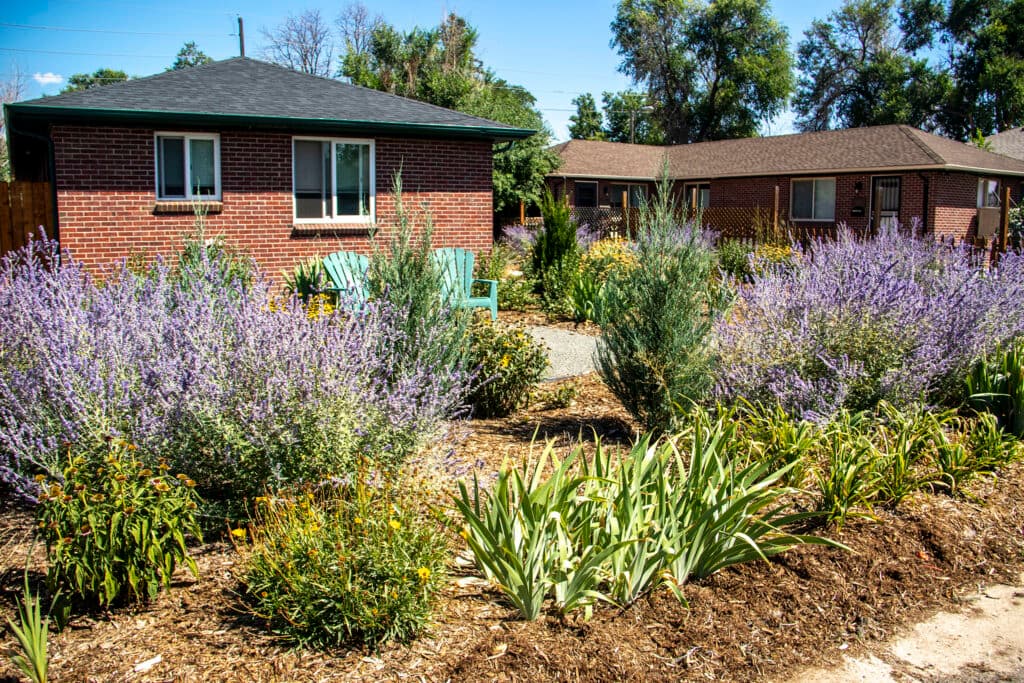
It's part of a statewide and regional push.
Numerous other Western cities and states have implemented limits on new turf, and some have gone much further. Nevada is requiring property owners to tear out acres upon acres of existing turf.
Denver’s changes were spurred by a pair of new state laws. SB24-005 and HB25-1113 say that local governments will have to ban the use of “nonfunctional turf, nonfunctional artificial turf, or invasive plant species” for development and redevelopment projects over the next few years.
Denver may go beyond what the state requires. The state laws only require cities to regulate the use of turf in larger multifamily developments, but Denver has said its new rules would apply to “all new developments.”
The state law for non-residential properties requires cities to take action by Jan. 1, but the state isn’t requiring cities to take action on residential property until 2028.
The city hopes the rules will inspire Denverites to plant native lawns.
CPD is asking residents to fill out a survey about the potential new rules. The city also is hosting pop-up events across the city to raise awareness and educate residents about native planted lawns.
Even though existing lawns won’t be affected by the new rules, the city and its partners hope people will follow the trend.
“There's definitely a potential for people who have existing landscapes to consider transforming them or changing them and reducing high-water-use landscape types as well,” said Stacy Passmore, who works for landscape architecture firm Superbloom, which is partnering with CPD. “We're hoping it will inspire that.”
Passmore said while tearing up existing lawns would cost money, it would pay off in the long run as water bills and maintenance needs would go down.


